If you’re frequently cooking at home, you likely use plenty of herbs. However, these can cost a decent amount at the store, going up for up to $5 for a single pack of basil. Even if you trick yourself into purchasing the plant, it will surely die before the end of the season due to the cram-packed root system. However, there are plenty of easy herbs to grow at home to save your wallet! It will also make your kitchen smell amazing.
Parsley
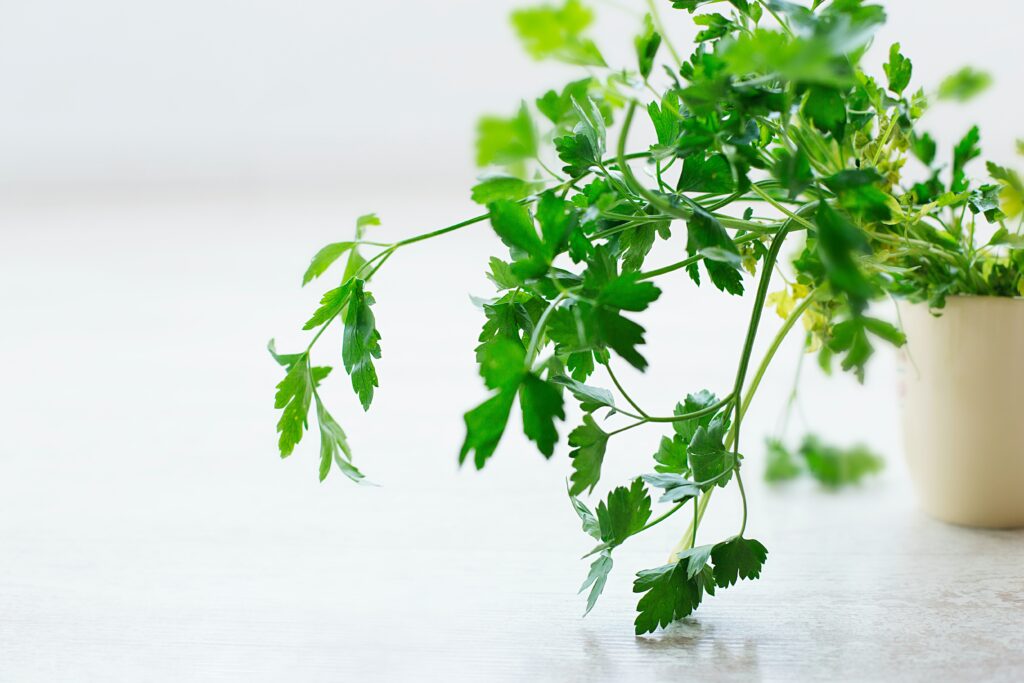
Parsley is probably the easiest herb to grow and maintain at home. Because it can grow at any point during the year and does not have a designated season, upkeep of this herb is as simple as watering a simple house plant. You are going to want to pot it preferably in the autumn or spring (but like we said, it doesn’t matter much) and keep it positioned in the sun. Really all you are going to want to do is water it when the soil feels dry. You do not need to maintain any sort of strict schedule.
Rosemary
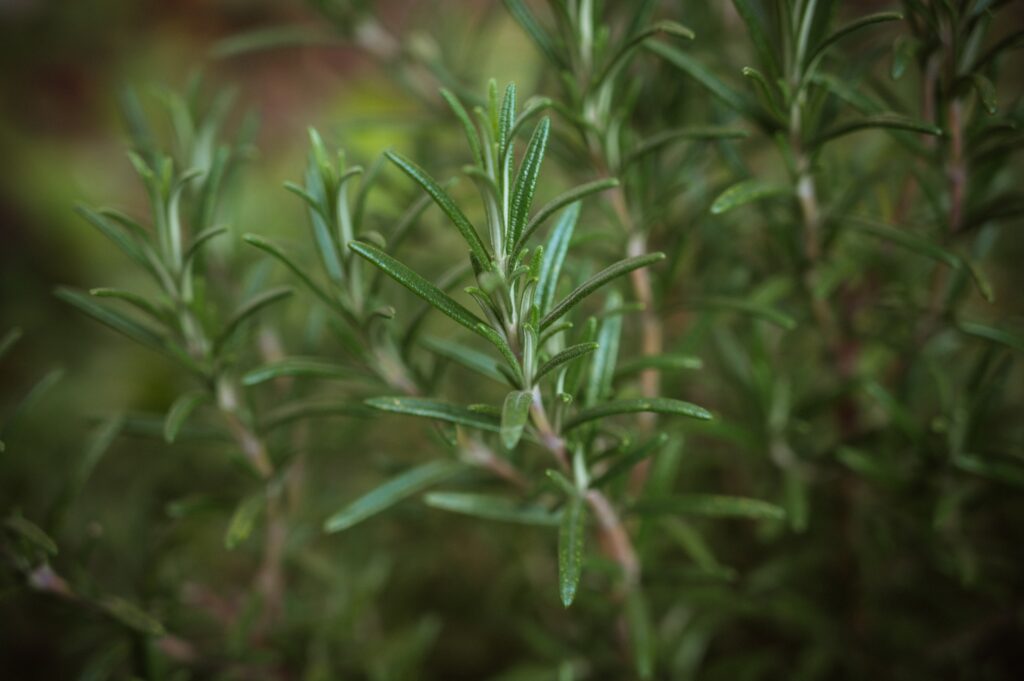
Rosemary is a bit more difficult to grow as it requires slightly more upkeep than something like Parsley, but it is nothing too unmanageable for the typical person. This herb can survive on rainwater, so if you leave your rosemary outside it will be okay. It needs to be potted in a large pot and must receive ample sunlight. If you live in a place where there is little sunlight (we’re looking at you, New York City basement apartments), Rosemary is not the herb for you.
Mint
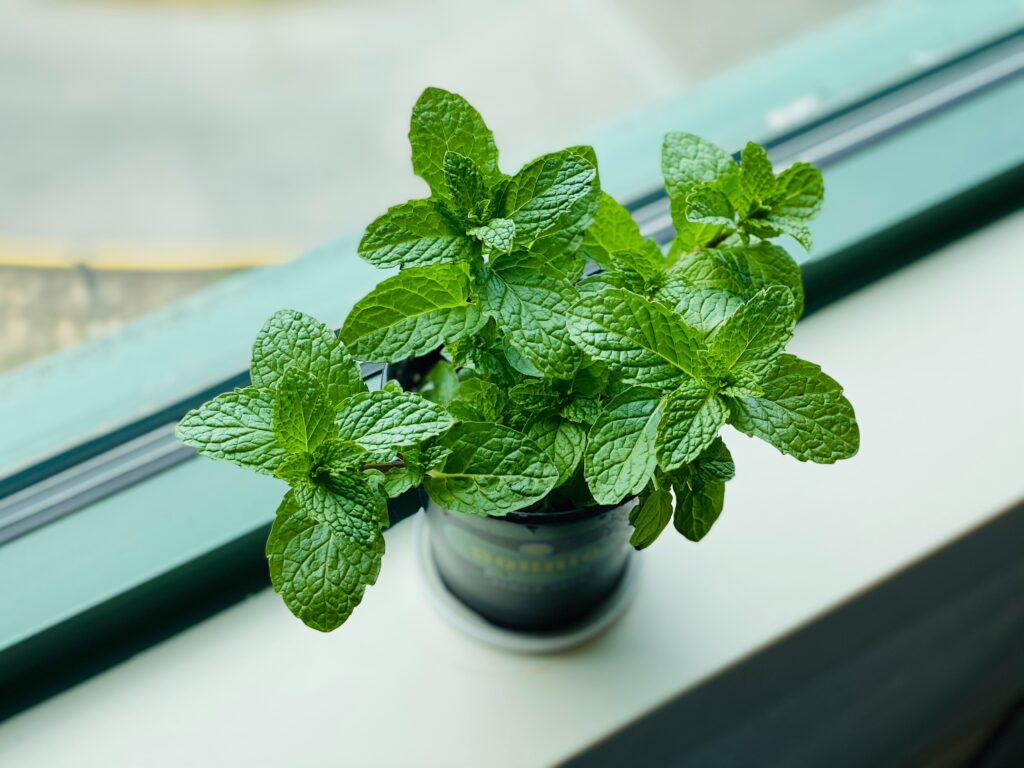
Mint is another simple herb to grow. It requires very little water and can grow in either the sun or shade. You do not even need a pot for Mint as it can grow in something as simple as a plastic takeaway container. However, Mint goes extremely fast, so make sure that you are trimming it as often as you can in order for it to not overtake your garden.
Basil
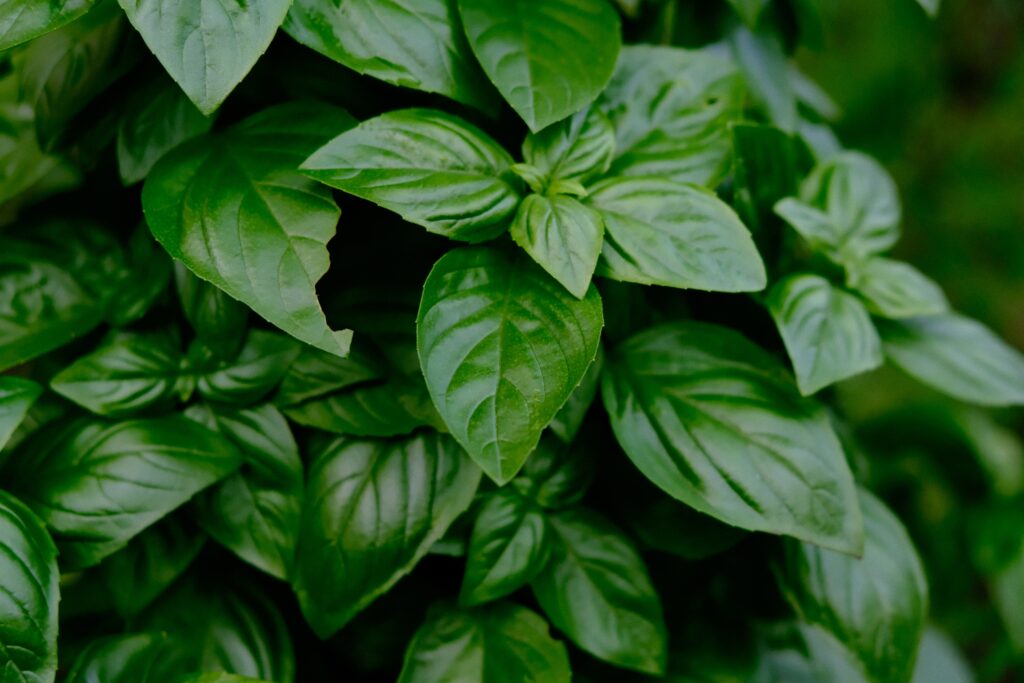
Basil can be grown either indoors or outdoors in a garden or a container. Whichever holder you choose you must make sure it has an excellent draining system as the soil needs to be drained often. Basil prefers to grow in sunlight, so if you are growing indoors, set this herb by the window. If you are growing Basil outside it is important to know that it is a plant that is very sensitive to the cold and any amount of light frosting can kill it. It is best if you plant this during warmer seasons.
Chives
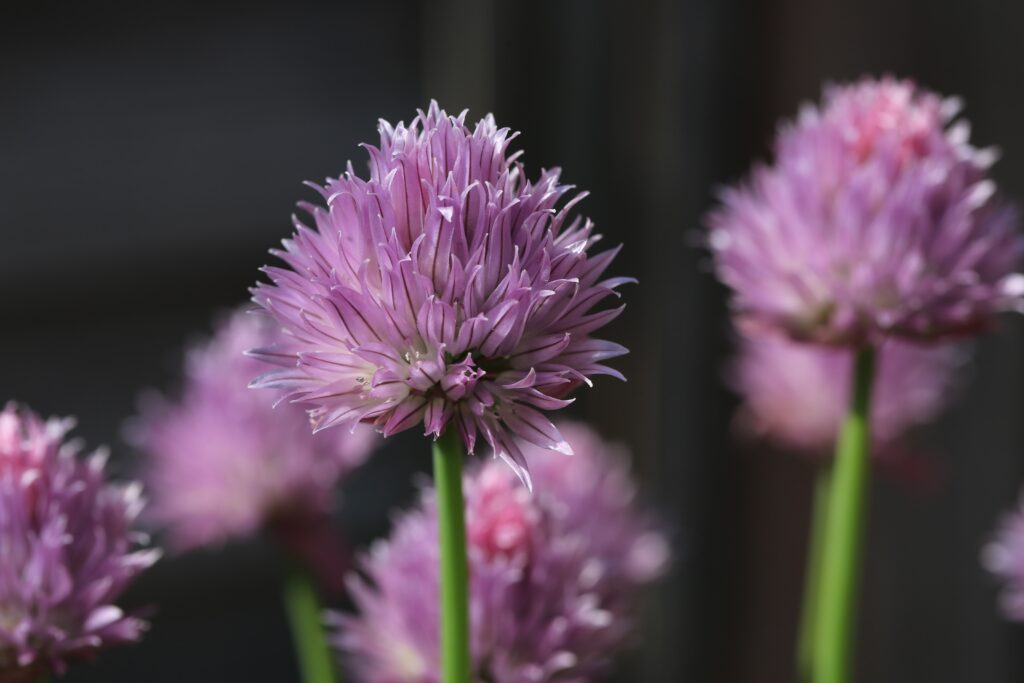
Last but not least we have one of the more difficult yet very delicious herbs. Chives can be used in a handful of dishes and are really worth it if you can get the growth down right. Chives grow best in direct sunlight and require a proper drainage system, much like Basil. The best way to grow Chives is planting rooted clumps in the spring. To grow them indoors you can place them in a bright and sunny location and harvest them often by snipping leaves from the base of the plant.
Editor’s Note: We updated this article to enhance readability.




